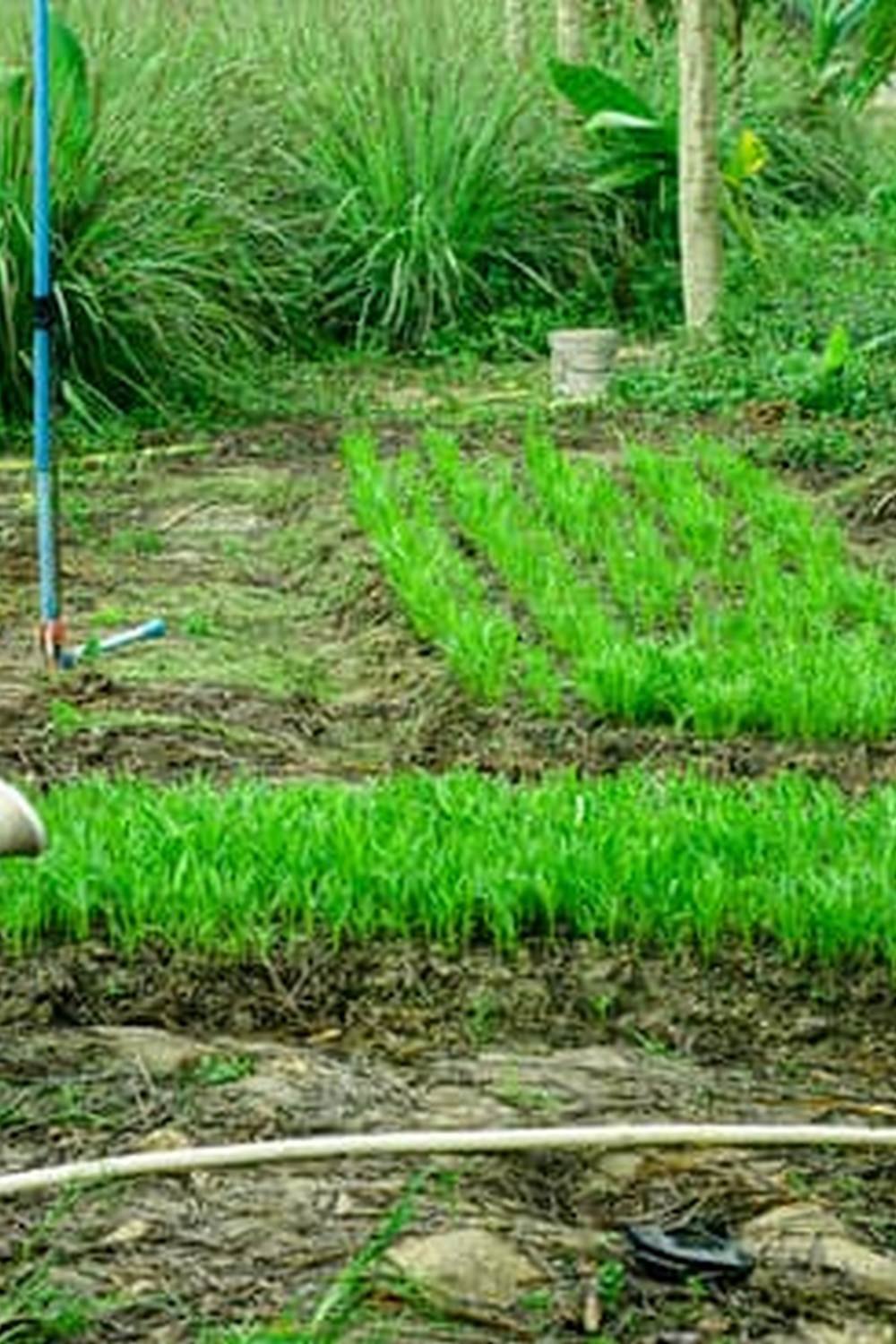Best Way To Plant A Small Vegetable Garden
When it comes to small vegetable gardens, there is no one “right” way to do it. But there are some key principles that will help you make the most of your limited space.
The first step is to decide what you want to grow. Not all vegetables are suited to small gardens. Root vegetables, like carrots and beets, do well in confined spaces, as do salad greens like lettuce and spinach. But if you want to grow larger vegetables, like tomatoes or cucumbers, you’ll need more space.
Once you’ve determined what you want to grow, you need to figure out the best way to lay out your garden. One option is to plant your vegetables in rows, with each row running north to south so that you can take advantage of the sun’s natural trajectory. Alternatively, you can plant your vegetables in a square or rectangular grid, with each plant assigned its own square or rectangle.
No matter how you lay out your garden, you’ll need to make sure you have enough space for each plant to grow. Be sure to leave enough room for the plant to spread its roots and for air to circulate around the foliage.
Soil is also important in a small garden. You’ll need to choose a soil that is light and airy so that it doesn’t become compacted when wet. A soil that is high in organic matter will also help to retain moisture and nutrients.
Once you’ve selected your location and soil, it’s time to start planting. Be sure to follow the planting instructions for each vegetable. Some vegetables, like carrots, need to be thinned out as they grow, while others, like tomatoes, need to be pruned.
Watering and weeding are also important in a small garden. Be sure to water your vegetables regularly, especially during hot weather. Weeds can be a challenge in a small garden, so be sure to stay on top of them and pull them out as soon as you see them.
With a little bit of planning and care, you can create a beautiful and productive small vegetable garden.
Best Soil Type For Vegetable Garden
Best soil type for vegetable garden is a loose, well-drained soil that is high in organic matter. A soil test can help you determine if your soil is acidic or alkaline. Vegetables grow best in a soil with a pH of 6.5 to 7.0. If your soil is too acidic or alkaline, you can add lime or sulfur to adjust the pH.
Organic matter helps to improve soil structure, water retention, and nutrient availability. You can add organic matter to your soil by using compost, manure, or green manures. Compost is made from organic materials that have been decomposed, such as leaves, grass clippings, and kitchen scraps. Manure is made from the waste products of animals, such as cow manure, chicken manure, and rabbit manure. Green manures are plants that are grown specifically to be turned into compost.
Loose soil is important for vegetable gardens because it allows water and air to penetrate the soil. Water and air are necessary for the healthy growth of vegetables. Well-drained soil prevents water from pooling on the surface, which can drown plants and cause them to rot.
The best way to improve your soil is to add organic matter. Compost, manure, and green manures are all high in organic matter and will improve the soil in your vegetable garden. You can also add organic matter by tilling in leaves, grass clippings, or other organic materials.
Best Soil Mixes For Raised Vegetable Garden In Zone 6
The best soil mixes for raised vegetable gardens in zone 6 are a combination of organic matter and soil amendments. Organic matter helps to improve soil structure, water retention and fertility. Soil amendments help to correct imbalances in soil pH and nutrient levels.
The following is a list of the best soil mixes for raised vegetable gardens in zone 6:
1. 50% organic matter (compost, shredded leaves, etc.)
2. 25% soil amendments (lime, sulfur, etc.)
3. 25% soil
For each of the above mixes, incorporate 1-2 inches of organic matter into the top 6-8 inches of soil prior to planting.
A blog is a website where entries are made in a journal-like format. Blogging can be used as a personal diary, a way to share news and announcements, or a forum to discuss a particular topic with others.
Blogging is a great way to improve your writing skills. By writing regularly, you’ll get in the habit of writing, and you’ll also be able to improve your writing style.
Another benefit of blogging is that it can help you build a following. If you write interesting, thoughtful, and well-written posts, people will start to follow your blog. This can help you build a platform for your work, and it can also help you connect with other people who share your interests.
Finally, blogging can be a great way to learn new things. By reading other blogs and commenting on them, you’ll expose yourself to new ideas and perspectives. You’ll also learn how to communicate your ideas effectively online.
Best Mulch For Texas Vegetable Garden
ers
Mulching a vegetable garden is an important practice for Texas gardeners. Mulching helps to conserve moisture, suppress weeds, and improve the soil. The best mulch for a Texas vegetable garden is a organic mulch such as shredded bark, compost, or leaves. Inorganic mulches such as stones or plastic should be avoided, as they can heat up the soil and damage plants.

If you’re looking to get into vegetable gardening, or are just looking for some tips on how to make your current garden better, then you’ve come to the right place! My name is Ethel and I have been gardening for years. In this blog, I’m going to share with you some of my best tips on how to create a successful vegetable garden.





